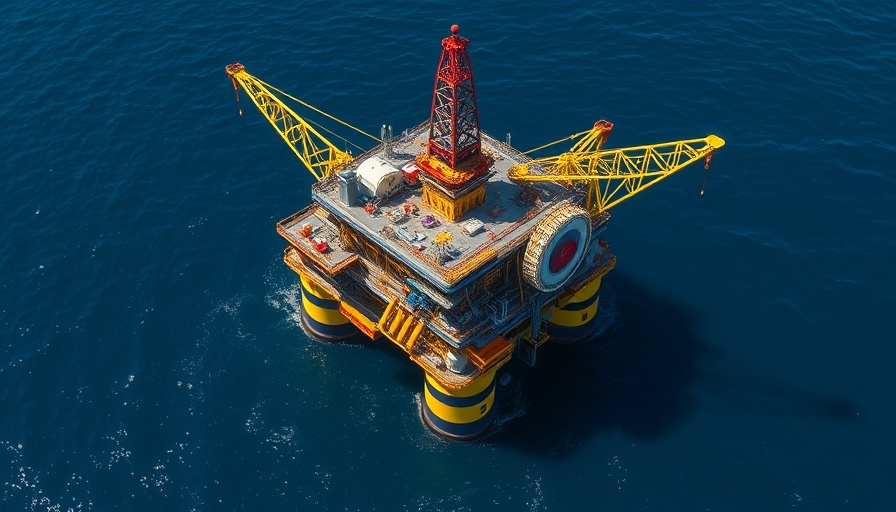
How the "Dark Roof" Phenomenon Impacts Our Cities
Every urban planner’s nightmare is hiding in plain sight: the dark roof lobby. Little-known yet highly influential, this group promotes dark-colored roofing materials that absorb heat, exacerbating the urban heat island effect—a phenomenon where cities become significantly warmer than surrounding rural areas. This trend isn't just a minor nuisance; it directly impacts energy efficiency, costs, and ultimately, our well-being.
The Overlooked Influence of the Dark Roof Lobby
The push for dark roofs is often backed by manufacturers eager to sell their products, but the implications are severe. Dark roofs can raise ambient temperatures, leading to increased energy consumption for cooling systems. According to experts discussing innovative construction solutions, light-colored or reflective roofing materials can significantly mitigate this issue—reducing cooling costs and overall energy consumption by as much as 20%.
The Need for Sustainable Solutions in Construction
Designing rooftops with energy efficiency in mind is not just a cost-saving measure; it’s a necessary response to the climate crisis. Innovations in materials—like cool roofs and green roofs—provide tangible benefits. By reflecting sunlight and allowing for vegetation on rooftops, cities can drastically lower temperatures while enhancing aesthetics and air quality. Furthermore, incorporating modern construction technology will appeal to tech-savvy developers eager to stay ahead.
The Future of Urban Planning: Reflecting on Local Heat Issues
As urban areas continue to grow and weather patterns change, the construction industry must adapt. Urban planners and commercial construction professionals must advocate for policies that lean into light and reflective materials, ensuring long-term sustainability. The health implications alone—related to heat stress and quality of life—are critical arguments for making this shift.
Client Actions: What You Can Do
Clients of commercial construction companies should ask about the roofing materials being proposed on their projects. Opting for materials that contribute to sustainability should be a priority for not just cost management, but also project efficiency and community health. Aligning construction methods with these values will provide better outcomes for all stakeholders.
Don't let the silent yet powerful push of the dark roof lobby sabotage your next project and the environment we live in. Advocate for intelligent choices in materials that prioritize reflection over absorption and embrace sustainable practices in urban development!
 Add Row
Add Row  Add
Add 




Write A Comment